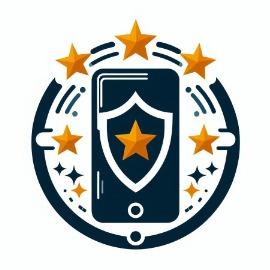PhonePatrol
Detect, Alert, Prevent
The problem PhonePatrol solves
The core problem being addressed is the unauthorized use of mobile phones in restricted areas. Mobile phones can be a source of distraction, data breaches, and security threats in environments where strict focus and confidentiality are paramount. These areas include schools, exams halls, hospitals, industrial sites, and secure government or corporate facilities. Unauthorized mobile phone usage can lead to cheating, breaches of privacy, accidents, and loss of sensitive information.
Use Cases:
Educational Institutions:-
Exam Halls: Prevent cheating by detecting students using mobile phones during exams.
Classrooms: Ensure students remain focused by restricting mobile phone usage during lessons.
Healthcare Facilities:
Hospitals: Ensure that mobile phones do not interfere with medical equipment and maintain patient privacy by restricting usage in sensitive areas.
Corporate Environments:
Boardrooms and Secure Facilities: Prevent unauthorized recording or transmission of confidential discussions and data.
Workplaces: Maintain productivity and prevent distractions by restricting mobile usage in workspaces.
Industrial Sites:
Factories and Construction Sites: Prevent accidents by ensuring workers are not distracted by mobile phones while operating heavy machinery or performing dangerous tasks.
Government Facilities:
Secure Areas: Prevent espionage and unauthorized dissemination of sensitive information by detecting mobile phones in restricted zones.
Public Spaces:
Libraries and Museums: Maintain a quiet environment by restricting mobile phone usage.
Theaters and Concert Halls: Ensure the audience's experience is not disrupted by mobile phone usage.
The proposed system aims to provide an efficient solution for real-time detection and alerting to prevent unauthorized mobile phone usage, thereby enhancing security, maintaining focus, and ensuring compliance with rules in restricted areas.
Challenges we ran into
During our project, we encountered several challenges.
First, using a Raspberry Pi without a wired display resulted in high frame lag on the wireless display system, limiting the maximum frame rate to 10fps even with a stable and strong wireless connection.
Second, our design requires running two machine learning algorithms on the Raspberry Pi, necessitating optimization for higher frame processing speed. To address this, we utilized small quantized TensorFlow Lite models.
Third, integrating two separate models to run simultaneously on a single program and on the Raspberry Pi proved to be a complex task, requiring significant effort to ensure smooth and efficient operation.
